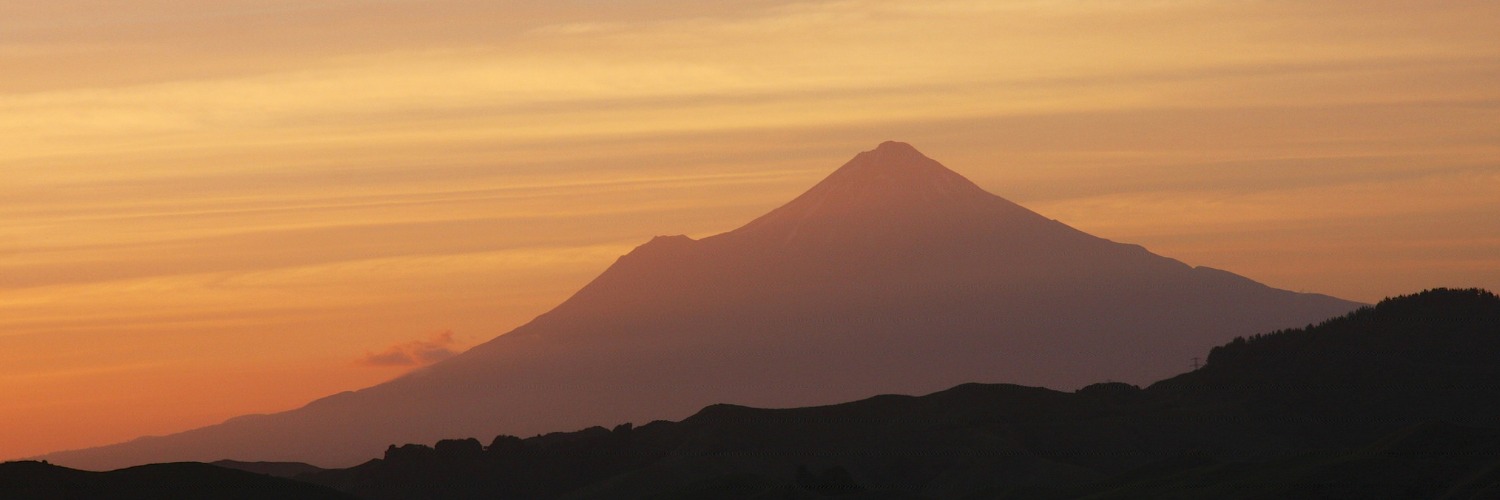Taranaki Project
Taranaki’s people linked together by shared pathways
The beginning of a partnership
When Taranaki sporting legend, and Chief Executive of Sport Taranaki, Howie Tamati, asked us to develop a tracks and trails strategy for his region, we were more than excited.
He told us several groups around the mountain wanted to build new tracks and trails. Howie was keen to connect all these ideas to a tracks and trails strategy for the region.
Soon the mayors of New Plymouth, Stratford and South Taranaki, and the Chair of the Regional Council, all agreed on the need for a long-term strategy for developing tracks and trails in their region.
We engaged the DesignLab team at Lincoln University. Together we collaborated with councils, Sport Taranaki, local iwi, community groups and the Department of Conservation. DesignLab applied strategic and spatial design processes to identify relevant insights, opportunities and challenges. DesignLab’s report tells the story of Taranaki, the maunga, which embraces the whole region as it stretches from its summit to the ocean.
Read the Taranaki Tracks and Trails 2040 Strategy online
Taranaki Tracks and Trails 2040 Strategy
The strategy
Now we have a tracks and trails strategy that draws people to Taranaki to journey around the mountain. It outlines a potential network of pathways, biodiversity trails, tourist trails, cycle trails, coastal trails, river crossings and historic trails. People and organisations in Taranaki can use the strategy to plan and inform future funding and development for years to come.
The report is a gift to Taranaki and its people. It is not a formal document that councils or committees are committed to.
Instead, it is a tool organisations in the Taranaki region can use to assess their decisions about funding and development for the next two decades.
For instance, it has recently helped Taranaki Councils decide to develop a business case for a new walking and cycling trail that will take people who are not in motor vehicles away from State Highway 3. Councils intend to take this to NZTA’s Safe Roads programme to support their mandate to make the highway route safer for walkers and cyclists. This off-road trail will benefit locals, making their commute and recreational use a safe, healthy, and enjoyable experience and attracting more tourists to the area, driving economic growth for the region.
Nine key projects
The report recommends nine key projects in the region:
- A youth programme that helps younger children explore their place around the mountain
- A youth project that helps high school students travel together on a multiday journey around the mountain
- A great walk from Mounga to Moana
- Biodiversity trails that strengthen biodiversity values through a network of green ribbons
- An around-the-mountain cycle trial
- A coastal trail that journeys around the headlands and beaches of Taranaki
- River crossings — each river crossing acknowledges that we are always within Taranaki’s embrace
- A tourism trail that invites visitors to experience the region by making their way around the mountain
- A historic trail that follows and relives past routes along the forgotten highway to Tongariro and Matemateaonga Track to Whanganui.
As Taranaki develops this connected network of biodiversity trails, cycle trails, a coastal trail, river crossings, a tourism trail, trails for children, and cultural and historic trails, it will create many recreation and leisure opportunities, both for local people and for tourists. These opportunities will also connect to other important needs for the people and the mountain — environmental sustainability, celebrating the stories associated with local heritage, culture, and economic growth.
Other regions
The Taranaki tracks and trails strategy is a model for Herenga ā Nuku and partners to develop similar large-scale, long-term visions for other regions in New Zealand.

